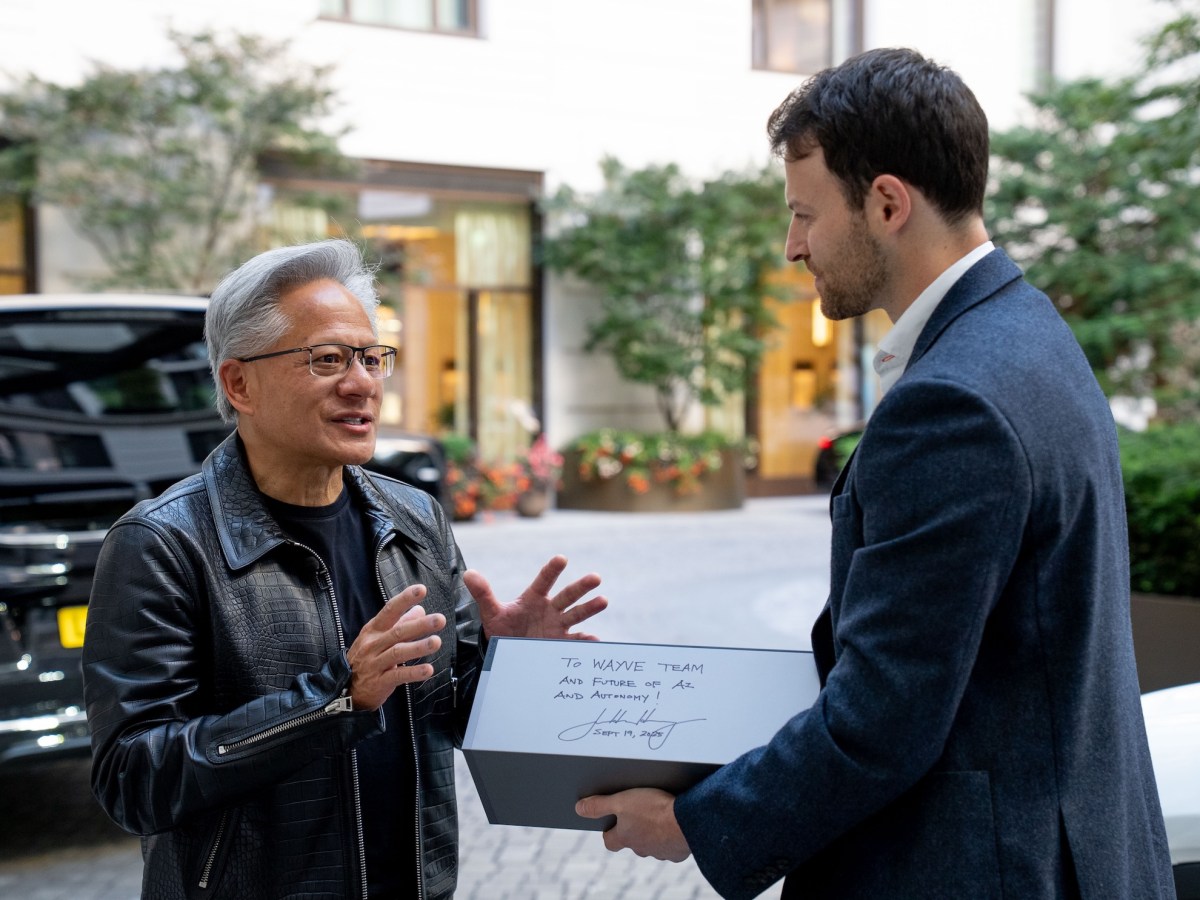Nvidia Looks to Back UK Self-Driving Startup Wayve with $500 Million Investment

Key Points
- Nvidia pledged £2 billion to boost the UK AI startup ecosystem.
- Wayve signed a letter of intent to evaluate a $500 million strategic investment from Nvidia.
- Nvidia previously participated in Wayve’s $1.05 billion Series C funding round.
- Wayve’s autonomous driving software relies on end‑to‑end neural networks without high‑definition maps.
- Generation 2 Wayve platform runs on Nvidia GPUs; Generation 3 uses Nvidia Drive AGX Thor.
- The collaboration aims to enable Level 4 driverless capabilities for city streets and highways.
- Nvidia sees Wayve as a potential trillion‑dollar company and a key partner in its AI strategy.
Nvidia CEO Jensen Huang visited the United Kingdom to announce a £2 billion AI investment pledge aimed at strengthening the country’s startup ecosystem. As part of this commitment, Wayve, a UK‑based self‑driving technology firm, signed a letter of intent to evaluate a $500 million strategic investment for its next funding round. Nvidia has already participated in Wayve’s $1.05 billion Series C round. The partnership deepens Wayve’s use of Nvidia hardware, from its Generation 2 platform that runs on Nvidia GPUs to the new Generation 3 system built on Nvidia Drive AGX Thor, positioning the startup for broader commercial rollout.
Nvidia's UK AI Investment Commitment
Nvidia chief executive Jensen Huang traveled to the United Kingdom to unveil a major pledge of £2 billion (approximately $2.6 billion) intended to accelerate the nation’s artificial‑intelligence startup ecosystem. The funding package is expected to involve venture‑capital partners such as Accel, Air Street Capital, Balderton, Hoxton Ventures, and Phoenix Court. While the full allocation details remain private, Nvidia signaled that a portion of the commitment could be directed toward Wayve, a home‑grown self‑driving technology company.
Wayve's Strategic Investment Letter of Intent
Wayve confirmed that it has signed a letter of intent with Nvidia to evaluate a $500 million strategic investment in the company’s forthcoming funding round. The move follows Nvidia’s participation in Wayve’s $1.05 billion Series C round, which closed in May 2024. Wayve’s co‑founder and CEO Alex Kendall noted that the company is “working quickly” toward finalizing the next round, though no specific closing date was disclosed.
Technology Collaboration and Roadmap
Founded in 2017, Wayve has attracted attention for its data‑driven, end‑to‑end neural‑network approach to autonomous driving. Unlike rule‑based systems, Wayve’s software learns directly from sensor data, eliminating the need for high‑definition maps. The startup’s technology supports both “eyes‑on” assisted‑driving functions and “eyes‑off” fully autonomous capabilities.
Wayve’s Generation 2 self‑driving platform, already integrated into Ford Mach E test vehicles, runs on Nvidia GPUs. The company recently unveiled Generation 3, built on Nvidia’s in‑vehicle compute kit called Drive AGX Thor. This new platform is designed to enable Level 4 driverless features on city streets and highways, expanding Wayve’s market appeal to automakers and technology firms seeking scalable autonomous solutions.
Future Outlook and Industry Impact
The partnership underscores Nvidia’s strategy to embed its hardware and AI expertise within emerging autonomous‑driving firms. Jensen Huang described Wayve as “the next trillion‑dollar company,” emphasizing Nvidia’s confidence in the startup’s growth potential. By providing both capital and cutting‑edge compute technology, Nvidia aims to accelerate Wayve’s path toward commercial deployment and reinforce the United Kingdom’s position as a hub for AI‑driven mobility innovation.